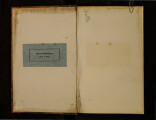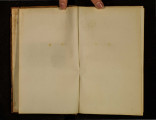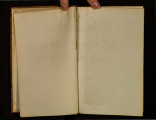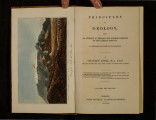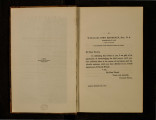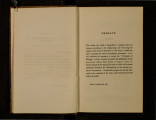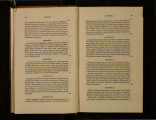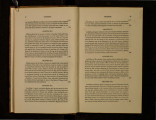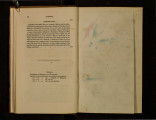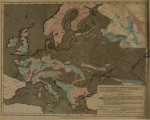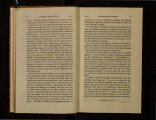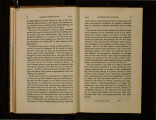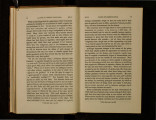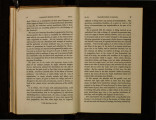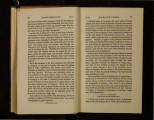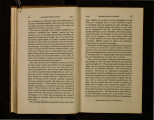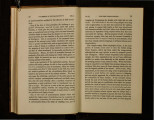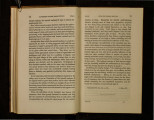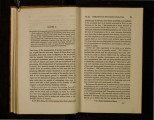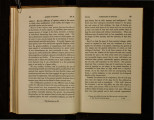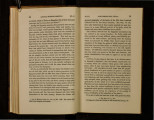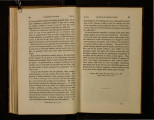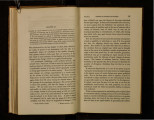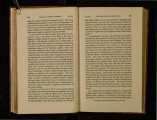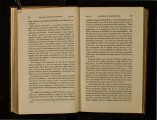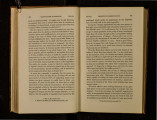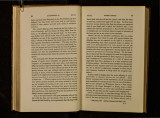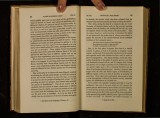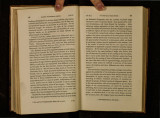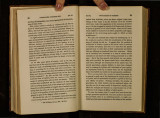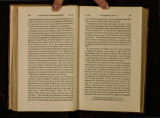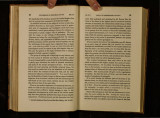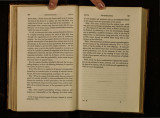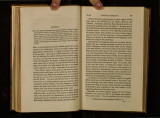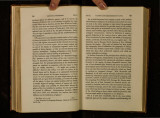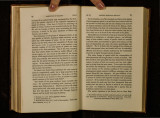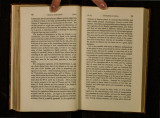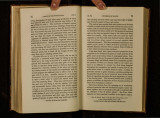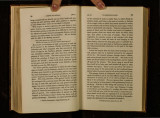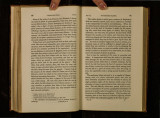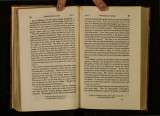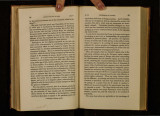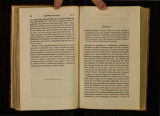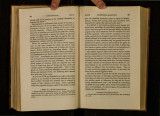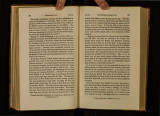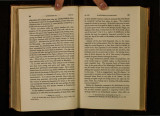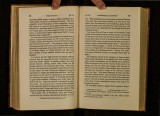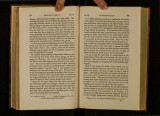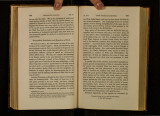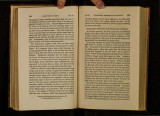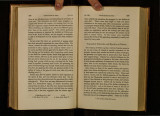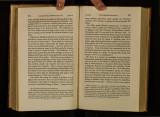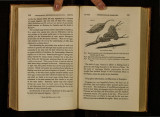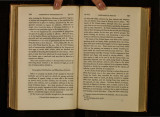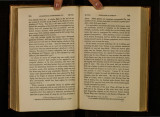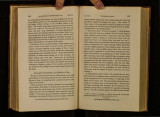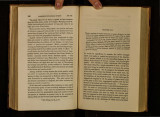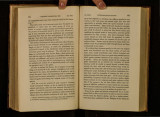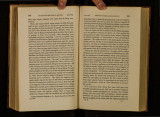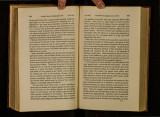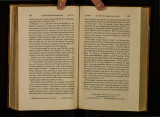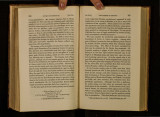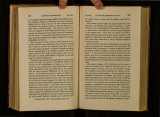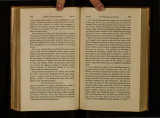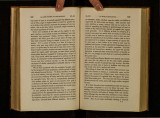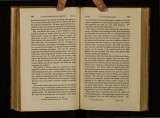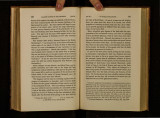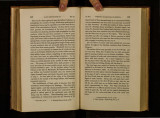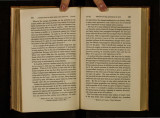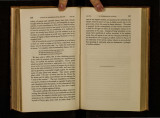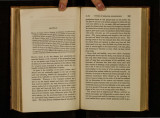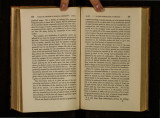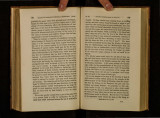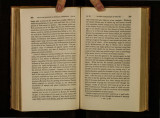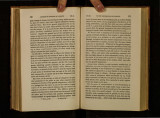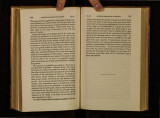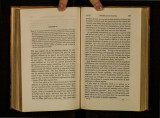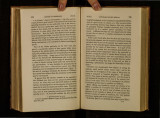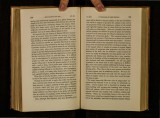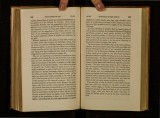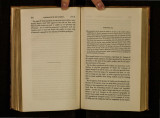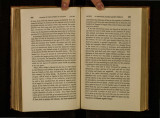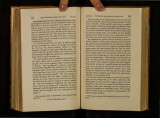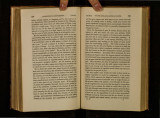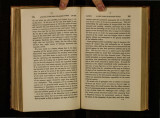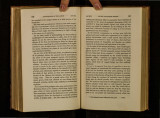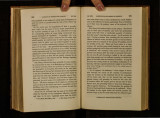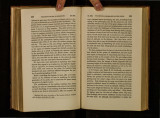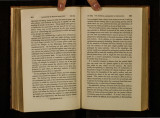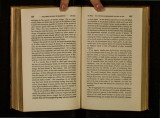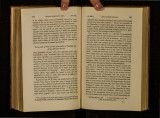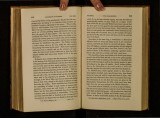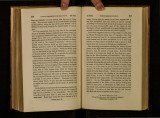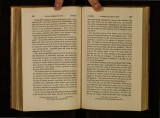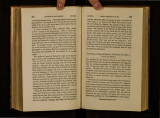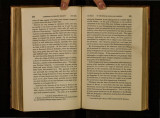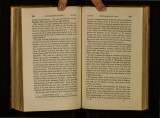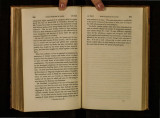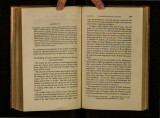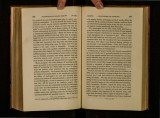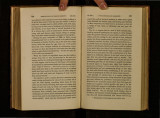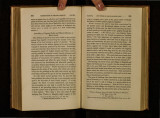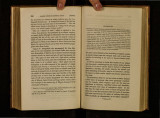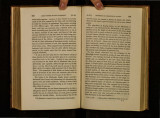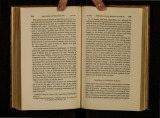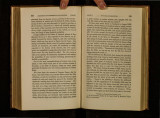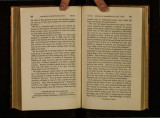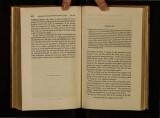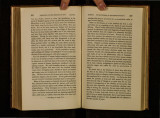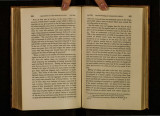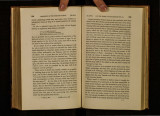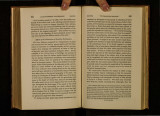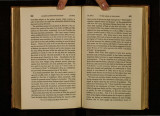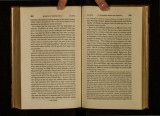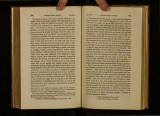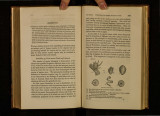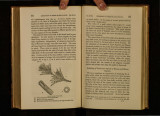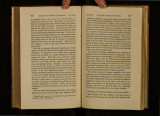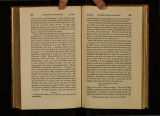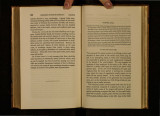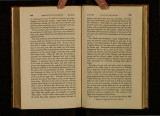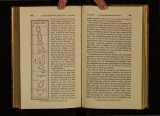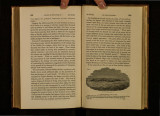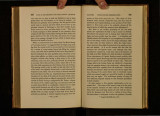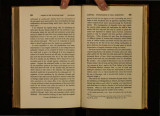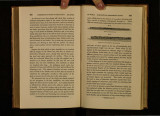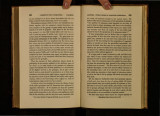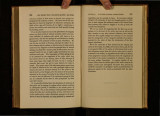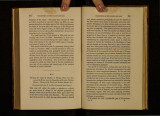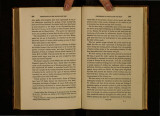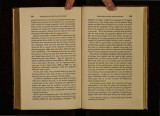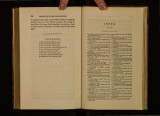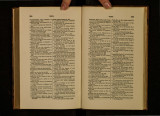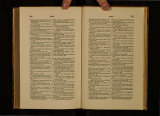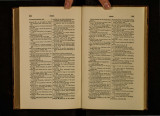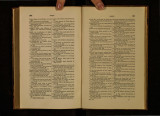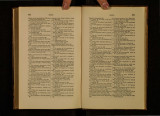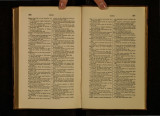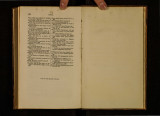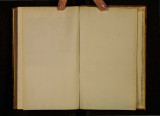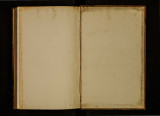| OCR Text |
Show 50 EXP~RIMENTS ON [Ch.IV. Italy, and much more frequently in the West.Indies an~ New Holland; but these mules have never bred m ~old chmates, seldom in warm regions, and still more rarely m temperate countries. . The hybrid offspring of the female-ass.and t~le stallion, the fA . t tle and the hinnus of Phny, differs from the l)'lllliOS' 0 riS 0 ' mule, or the offspring of the ass and mare. In both cases, says Buffon, these animals retain more of the mother than of the father, not only in the magnitude but in the figure. of the body; whereas, in the form of the head, limbs, and tml, th~y bear a greater resemblance to the father .. The same naturalist infers, from various experiments respectmg cross-breeds between the he-goat and ewe, the dog and she-wolf, the goldfinch and canary-bird, that the male transmits his sex to the greatest number, and that the preponderance of males over females exceeds that which prevails where the parents are of the same species. . The celebrated John Hunter has observed, that the true dis-tinction of species must ultimately be gathered from t~eir incapacity of propagating with each other, and prod.u~mg offspring capable of again continuing itself. He was unwllhng, however, to admit, that the horse and the ass were of the same species, because some rare instances had been adduced of the breeding of mules, which he attributed to a degree of ~onstrosity in the organs of the mule, for these he suggested m1ght not have been those of a mixed animal, but those of the mare or female-ass. " This, he argues, is not a far-fetched idea, for true species produce monsters, and many animals of distinct sex are incapable of breeding at all; and as we find nature, in its greatest perfection, deviating from general principles, whY. may it not happen likewise in the production of mules, .so that wmetimes a mule shall breed from the circumstance of Its being a monster respecting mules?'' Yet, in the same memoir, this great anatomist inferred t~at the wolf, the dog, and the jackal, were all of one speCies, because he had found, by two experiments, that the dog would Ch. IV.] R BltlD however, we may obser e, th least of pure breed and no proof hybrid race could be perpem ted· no example are Tet recorded 'tJ1er in the horse and ass, or an other of tb Should the fact be hereafter ud th mul can prop~o-ate their kind, e mu- till inquire h th r the offspring may not be ~garded in the ]iO'ht of a mon trous bjrth, proceeding from some accidental cau , or rather, to speak more philosophical] from me general law not et understood, but which ma not be permitted permanently to interfere with those la of generation, hereb peci ma , in general, be pre ented from becoming blended. If, for example, we disco ered that the progen of a mule race degenerated greatly in the first generation, in force, sagacity, or any attribute necessary for its preservation in a tate of nature, we might infer that, like a monster, it is a mere temporary and fortuitous ariety. ~or does it seem probable that the greater number o: such mon ters could ever occur unl obtained by art; for m Hunter's experiment, tratagem or force as, in mo~t instances, employed to bring about the irregular connexiOn *. . It see~s ra~ely to happen that the mule offi pring i3 truJy Intermediate lD character between the two parents. rJ hut Hunter mentions, that, in his experiments, one of the hyhrjd pups resembled the wolf much more than the rest of th Htwr. and. we ~e informed by Wiegmann, that in a Htter Jatd; ob~amed m the Royal lL"Dagerie at kTHn, from a wiJi pomter and a she-wolf, two of the cui ,. wJ J • th • cmmmm wolf-dog,. but the third as like a })Oink.,. with hangiJJg 'L rN. There Is, undoubtedly, a very eft ar a ogy 1 • w. 11 lfH phenomena and those presented by th iuw mbtur ,,f di tJw races of the same spec· 1 tl · J • , • • ~es, )0 l 1IJ t u: m,j ·ru,r IJIJWJuJ l ud ~~~ • Phil. Trant. 17&7. Additi®al Rew.atk•, l'.hU.l'rant. 17 !1. ~~ |



